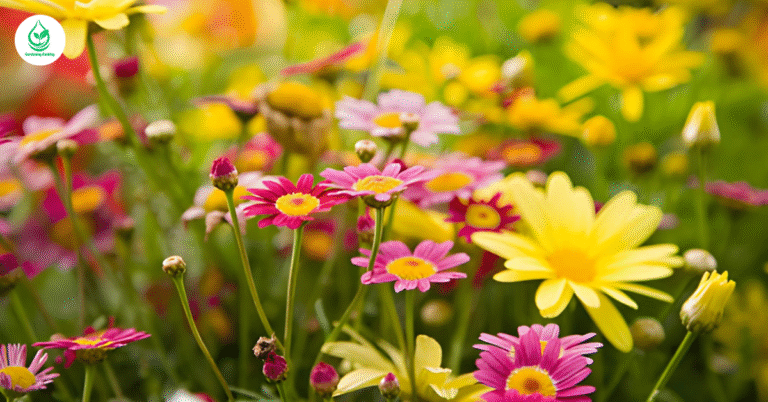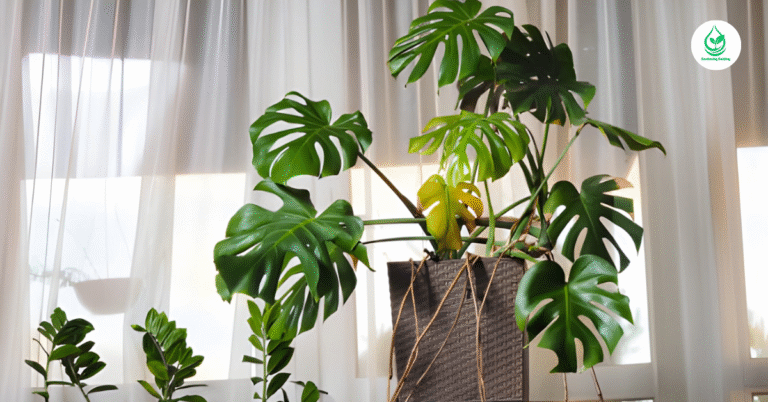6 Ranunculus How to Grow Stunning Blooms

Introduction
Ranunculus, also known as buttercup flowers, are some of the most beautiful and eye-catching blooms for gardens. With their layered petals that resemble roses or peonies, these flowers come in a variety of colors like pink, red, yellow, and white. They are not only gorgeous but also relatively easy to grow if you follow the right steps. Many gardeners admire them for their elegance in bouquets and garden beds. If you’ve ever dreamed of having vibrant ranunculus brighten your home, this guide on 6 ranunculus how to grow stunning blooms will walk you through the process step by step.
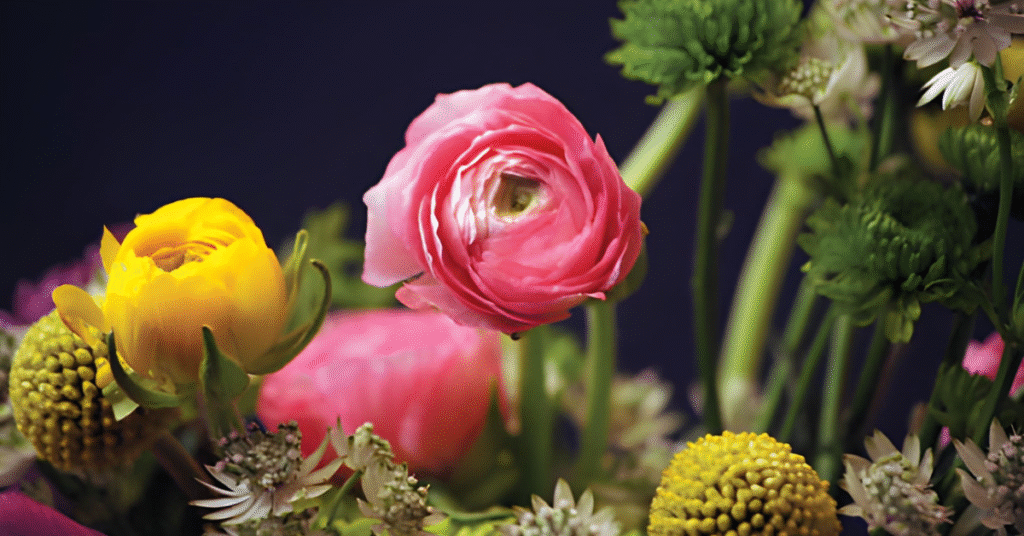
1. Choosing the Right Ranunculus Variety
Popular Ranunculus Types
When starting, it’s important to know which ranunculus variety suits your climate. The most common types include Persian ranunculus, which produce large, layered flowers, and Tecolote ranunculus, known for their vibrant colors. Choosing the right variety ensures better success in blooming.
Climate Considerations
Ranunculus thrive in mild climates. They prefer cool winters and springs but struggle in extreme summer heat. If you live in a hot region, growing them in pots indoors or in shaded spots may work better. Matching the plant variety with your climate helps maximize blooms.
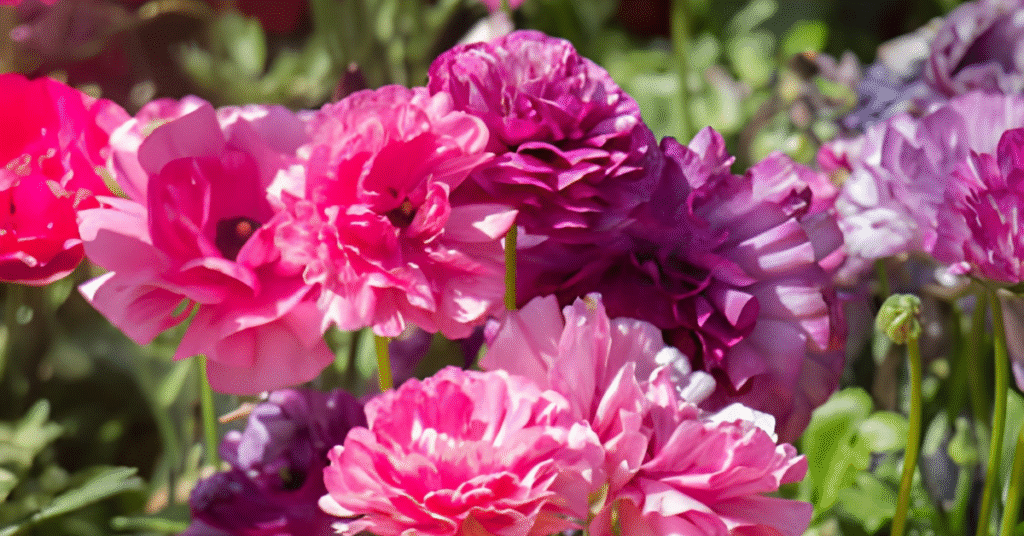
Where to Buy Quality Corms
High-quality ranunculus corms are available at nurseries and trusted online garden shops. Always choose plump, healthy corms that are firm to touch. Avoid soft, shriveled, or moldy ones as they may not sprout. A strong start comes from investing in quality planting material.
2. Preparing the Soil for Ranunculus
Ideal Soil Mix
Ranunculus prefer well-draining soil. A mix of sandy loam with organic compost works best. Heavy clay soils can cause waterlogging and root rot, so amending them with sand and peat moss improves texture.
Importance of Drainage
Drainage is crucial for healthy blooms. Raised beds or containers with holes at the bottom are excellent choices if your natural soil retains too much water. Excess moisture around the corms can lead to fungal infections and weak plants.
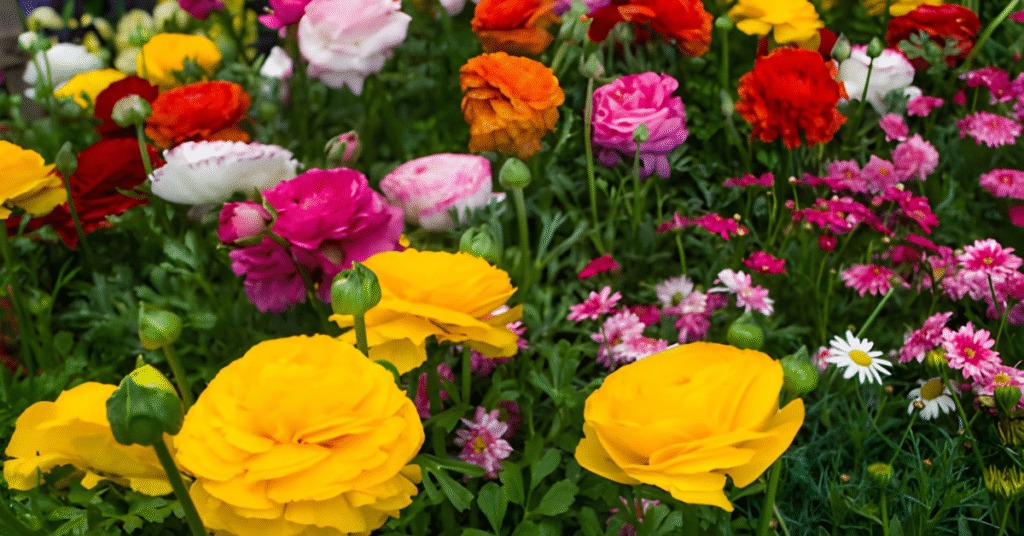
Adding Nutrients
Before planting, enrich your soil with compost, bone meal, or slow-release fertilizers. This gives the corms the nutrition they need to establish roots and grow strong. Healthy soil equals healthy ranunculus blooms.
3. Planting Ranunculus Corms
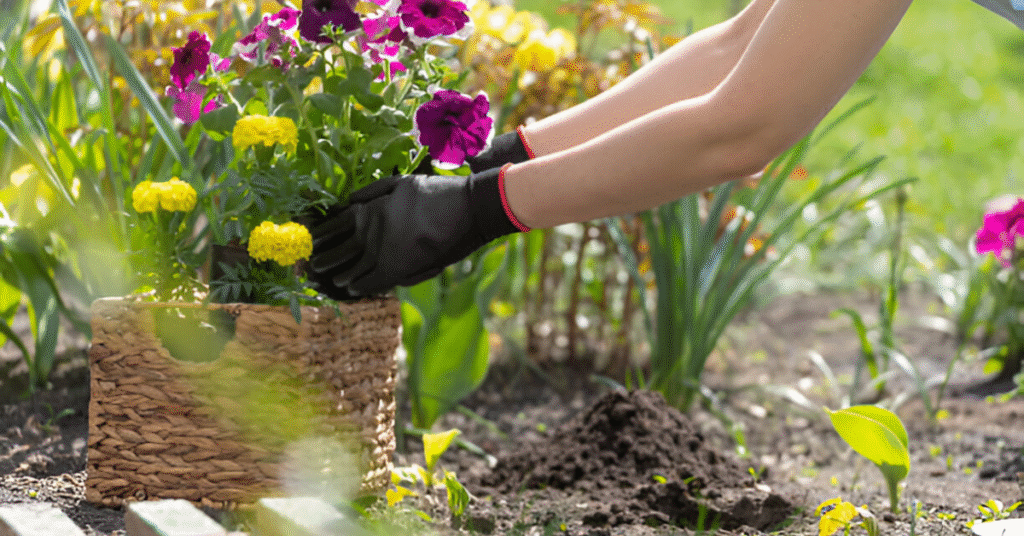
When to Plant
The ideal planting season depends on your climate. In warmer areas, plant corms in fall so they bloom in spring. In colder climates, wait until early spring when frost danger has passed. Timing plays a big role in success.
How to Plant Correctly
Soak the corms in water for 3–4 hours before planting to help them rehydrate. Place them with the claw-like side facing down about 2 inches deep and 4–6 inches apart. Proper spacing ensures good airflow and prevents overcrowding.
Companion Planting
Ranunculus look stunning when planted with tulips, anemones, or pansies. Companion planting not only creates a visually appealing garden but also helps with pest control by attracting beneficial insects.
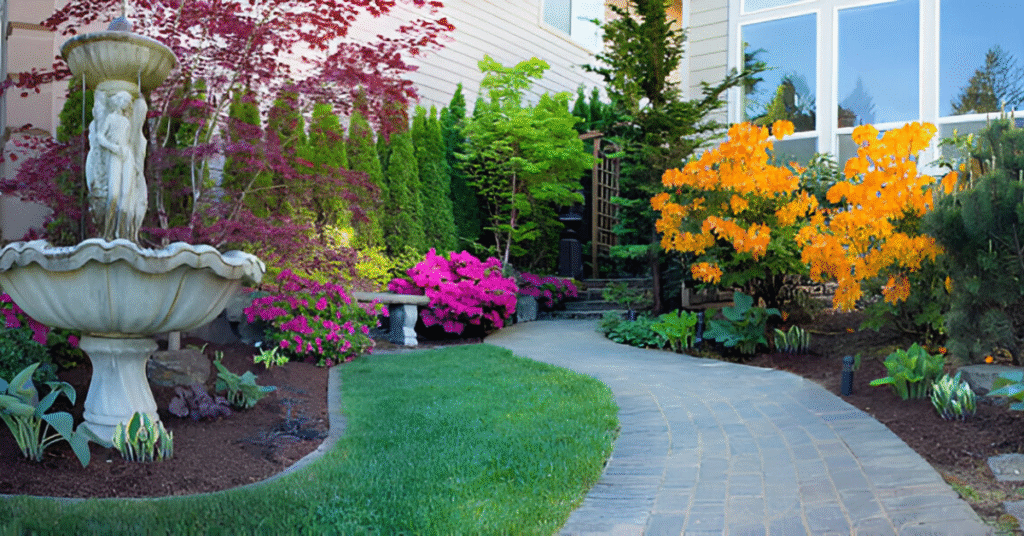
4. Watering and Caring for Ranunculus
Watering Schedule
Ranunculus need consistent but moderate watering. Keep the soil moist but not soggy. Overwatering can cause the corms to rot, while underwatering may stunt flower growth. Deep watering once or twice a week usually works well.
Mulching Benefits
Adding a layer of mulch around your ranunculus helps regulate soil temperature, retains moisture, and suppresses weeds. Organic mulches like straw or shredded bark work best for these delicate flowers.
Protecting from Pests
Common pests like aphids, slugs, and spider mites can damage ranunculus. Use natural solutions such as neem oil or insecticidal soap to keep pests away. Regularly inspecting your plants ensures early detection of problems.
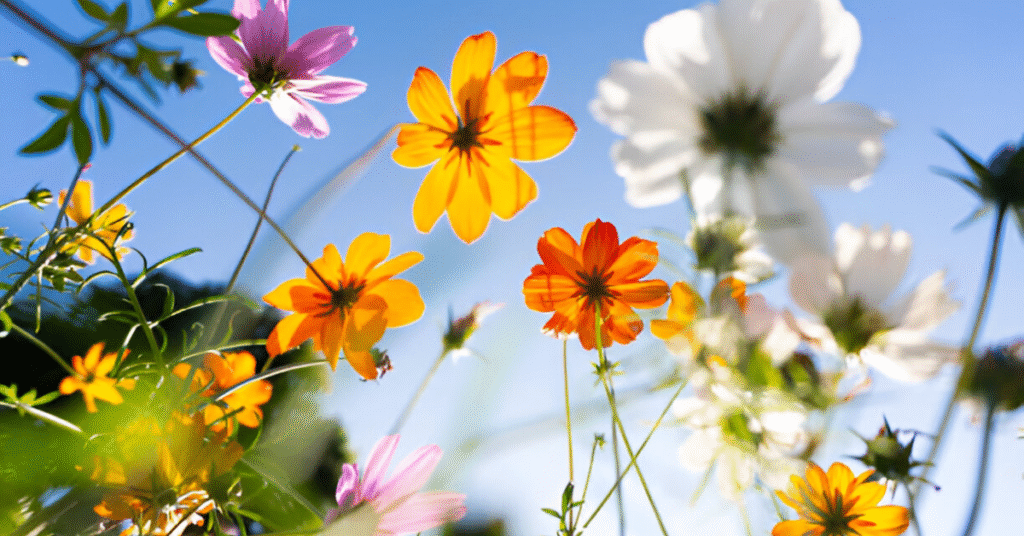
5. Fertilizing for Bigger Blooms
Best Fertilizers to Use
Ranunculus are heavy feeders. Use a balanced fertilizer like 10-10-10 during the early growth stage. Once buds form, switch to a phosphorus-rich fertilizer to encourage vibrant and large flowers.
Feeding Schedule
Apply liquid fertilizer every 2–3 weeks for continuous nourishment. Over-fertilizing, however, can lead to excessive leaves instead of flowers. Following a routine ensures steady growth and healthy blooms.
Signs of Nutrient Deficiency
Yellowing leaves or weak stems often signal a nutrient shortage. Adjust your fertilization accordingly to restore health. A little care goes a long way in ensuring show-stopping ranunculus flowers.
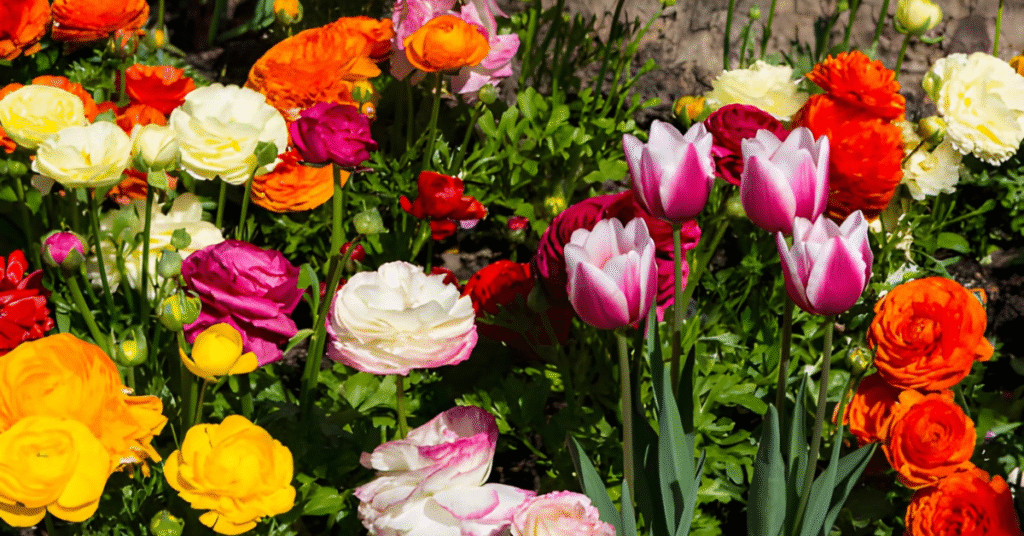
6. Harvesting and Extending Bloom Life
Best Time to Harvest
Ranunculus make excellent cut flowers. Harvest them when the buds are half-open, as they will continue to bloom in vases. Cutting early in the morning helps flowers stay fresh longer.
Vase Life Extension
To extend the vase life, place cut stems in clean water with a floral preservative. Change the water every 2 days and trim the stems slightly each time. These steps can help ranunculus last up to 10 days indoors.
Post-Bloom Care
Once the flowering season ends, let the foliage die back naturally. You can then lift the corms, clean them, and store them in a cool, dry place for replanting next season. This way, your ranunculus return year after year.
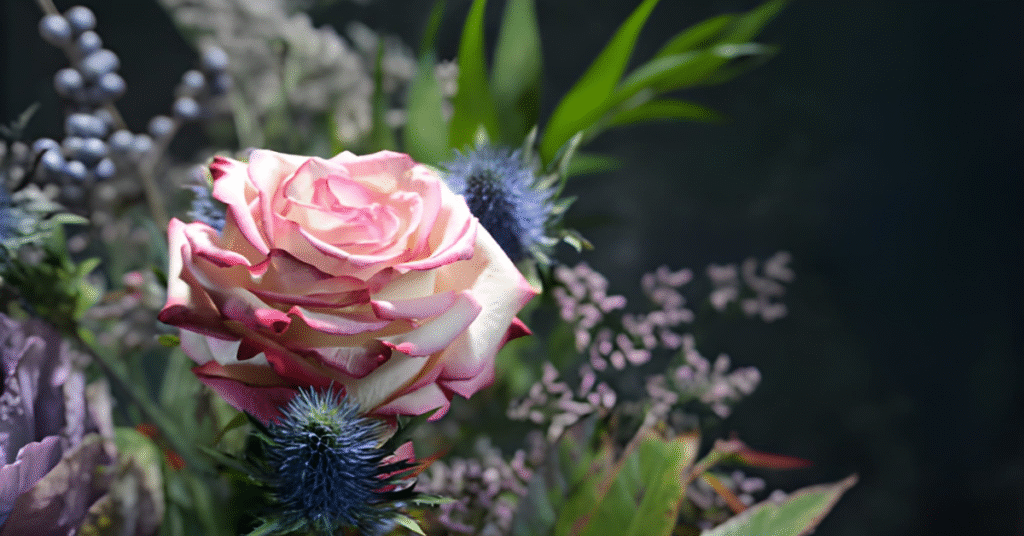
Conclusion
Growing ranunculus is not as difficult as it may seem. By selecting the right variety, preparing well-draining soil, planting corms at the correct depth, and providing consistent care, you can enjoy layers of breathtaking blooms in your garden. These flowers not only brighten your outdoor space but also serve as stunning cut flowers indoors. With proper care after blooming, you can even replant the corms next season. Ranunculus are truly rewarding, giving back beauty far greater than the effort invested.
Pros and Cons of Growing Ranunculus
| Pros | Cons |
| Produces stunning, layered flowers in multiple colors | Sensitive to extreme heat and frost |
| Great for cut flowers and floral arrangements | Requires well-draining soil, otherwise risk of rot |
| Easy to store and replant corms yearly | Needs regular pest monitoring (aphids, mites, slugs) |
| Long vase life compared to many garden flowers | Short bloom season (spring to early summer) |
| Affordable to start with corms | Needs fertilization for best results |
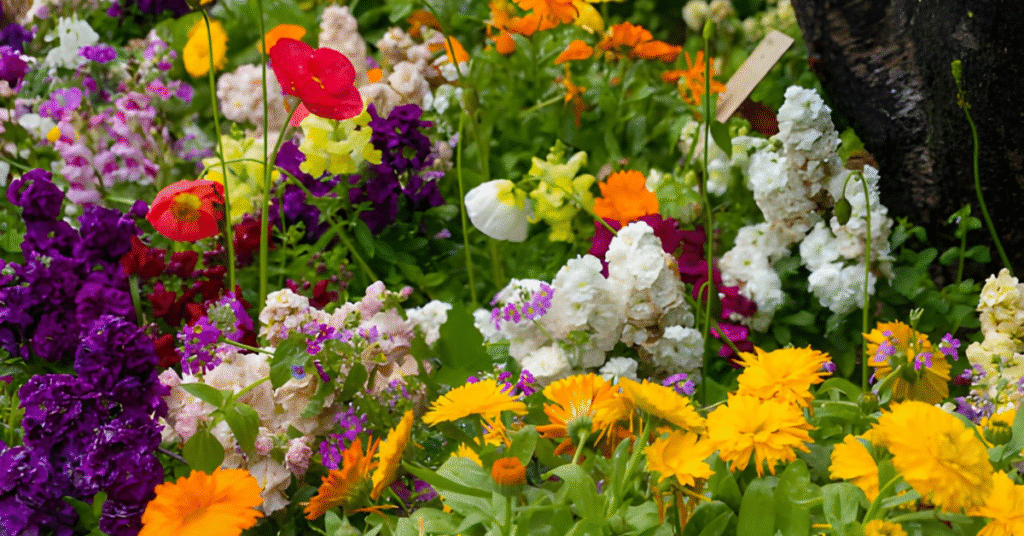
🔍 Comparison Table: Ranunculus vs Other Popular Flowers
| Feature | Ranunculus | Tulips | Roses |
| Bloom Season | Spring | Spring | Spring–Fall |
| Vase Life | 7–10 days | 5–7 days | 7–14 days |
| Difficulty Level | Moderate | Easy | Moderate |
| Climate Needs | Cool, mild | Cool, mild | Wide variety |
| Cost to Start | Low (corms) | Low (bulbs) | Higher (bushes) |
| Appearance | Layered, rose-like | Simple cup shape | Classic layered petals |
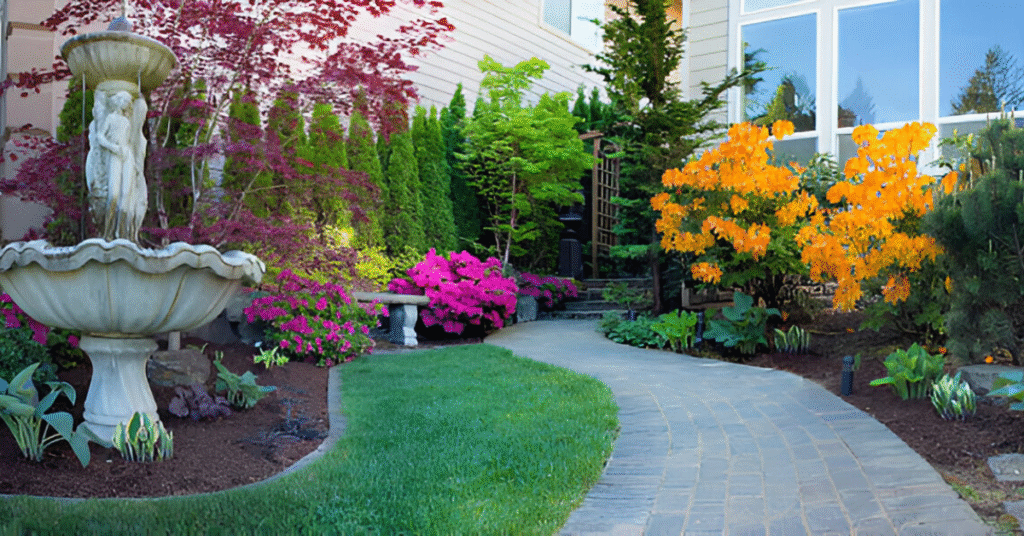
Frequently Asked Questions (FAQs)
1. How long do ranunculus take to bloom?
Ranunculus usually take 90–120 days from planting to bloom, depending on your climate and care.
2. Can I grow ranunculus indoors?
Yes, they can be grown indoors in pots with proper light and ventilation, though they bloom best outdoors.
3. Do ranunculus need full sun?
They thrive in 6–8 hours of sunlight daily, which ensures healthy growth and vibrant blooms.
4. Should I soak ranunculus corms before planting?
Yes, soaking for 3–4 hours helps rehydrate corms and boosts sprouting success.
5. Are ranunculus perennials?
Ranunculus are perennials in mild climates, but many gardeners grow them as annuals in colder regions.
6. What colors do ranunculus come in?
They come in shades of pink, red, orange, yellow, white, and even bi-colors.
7. How long do ranunculus flowers last once cut?
With proper care, cut ranunculus last 7–10 days in a vase.
.8. Can ranunculus survive frost?
No, they are frost-sensitive. In colder climates, plant them in spring after frost danger has passed.
9. Do ranunculus spread in the garden?
No, they don’t spread aggressively. They stay compact and neat, making them great for small spaces.
10. Can I reuse ranunculus corms every year?
Yes, after the foliage dies back, lift, clean, and store the corms in a dry place to replant next season.

